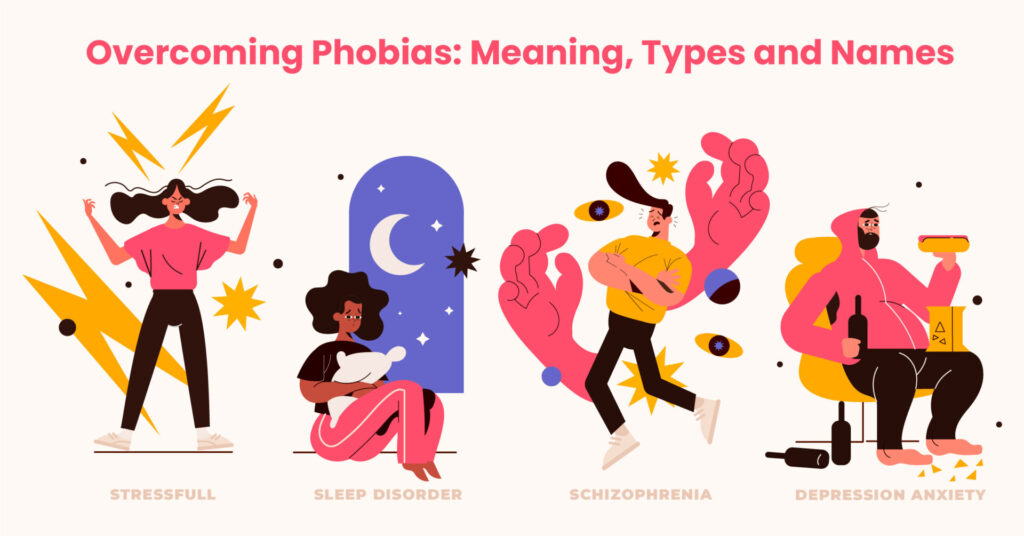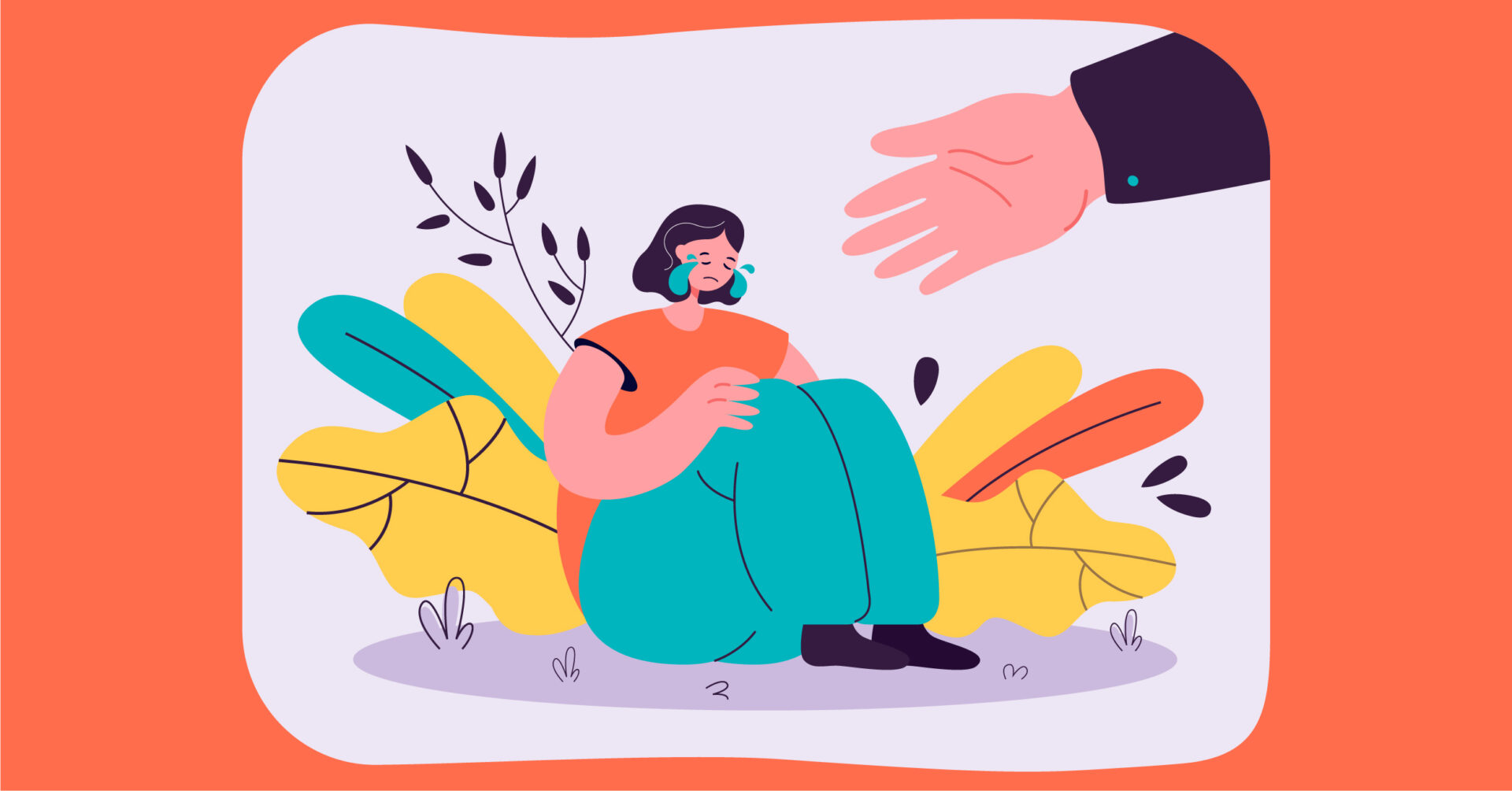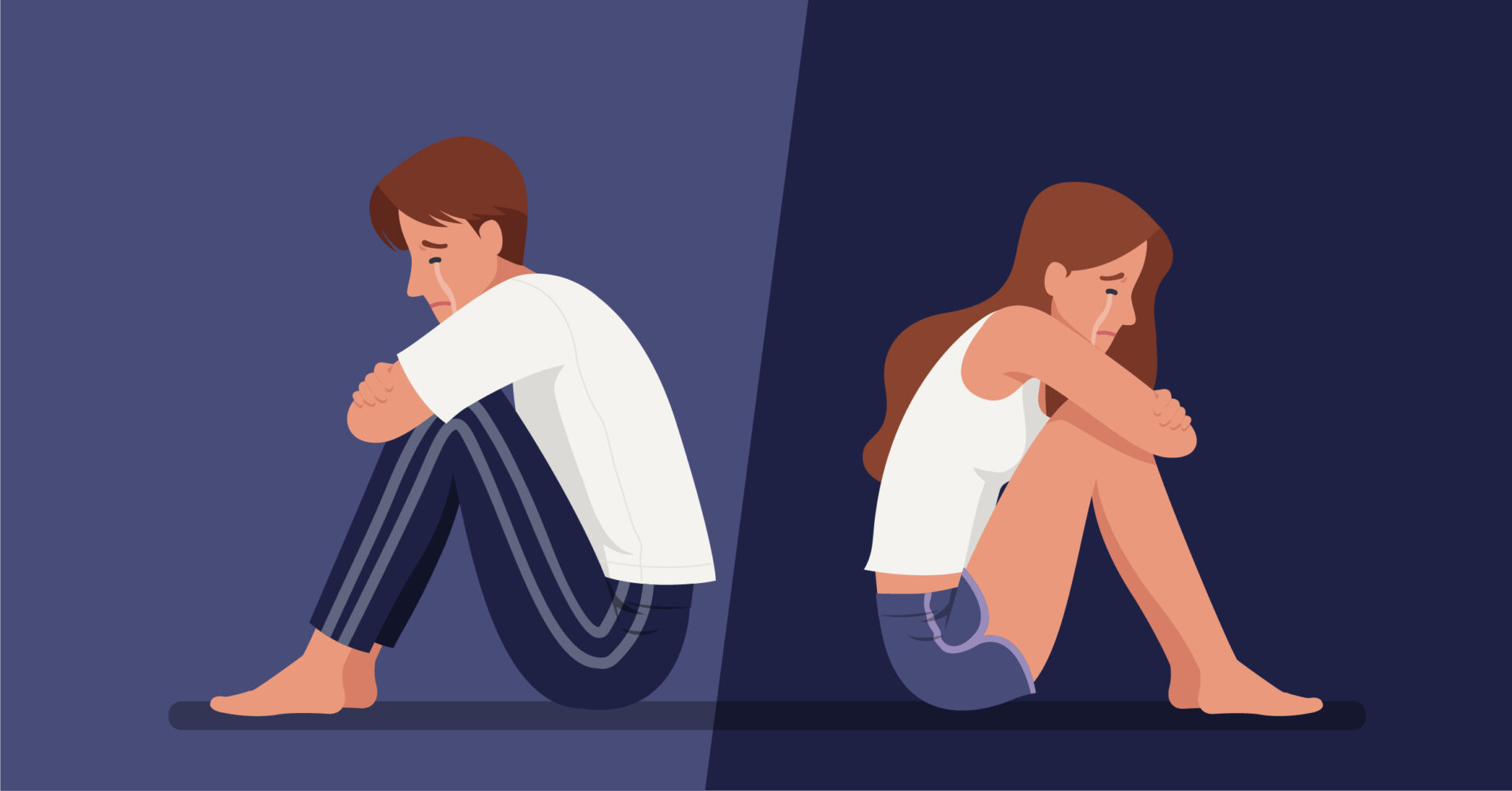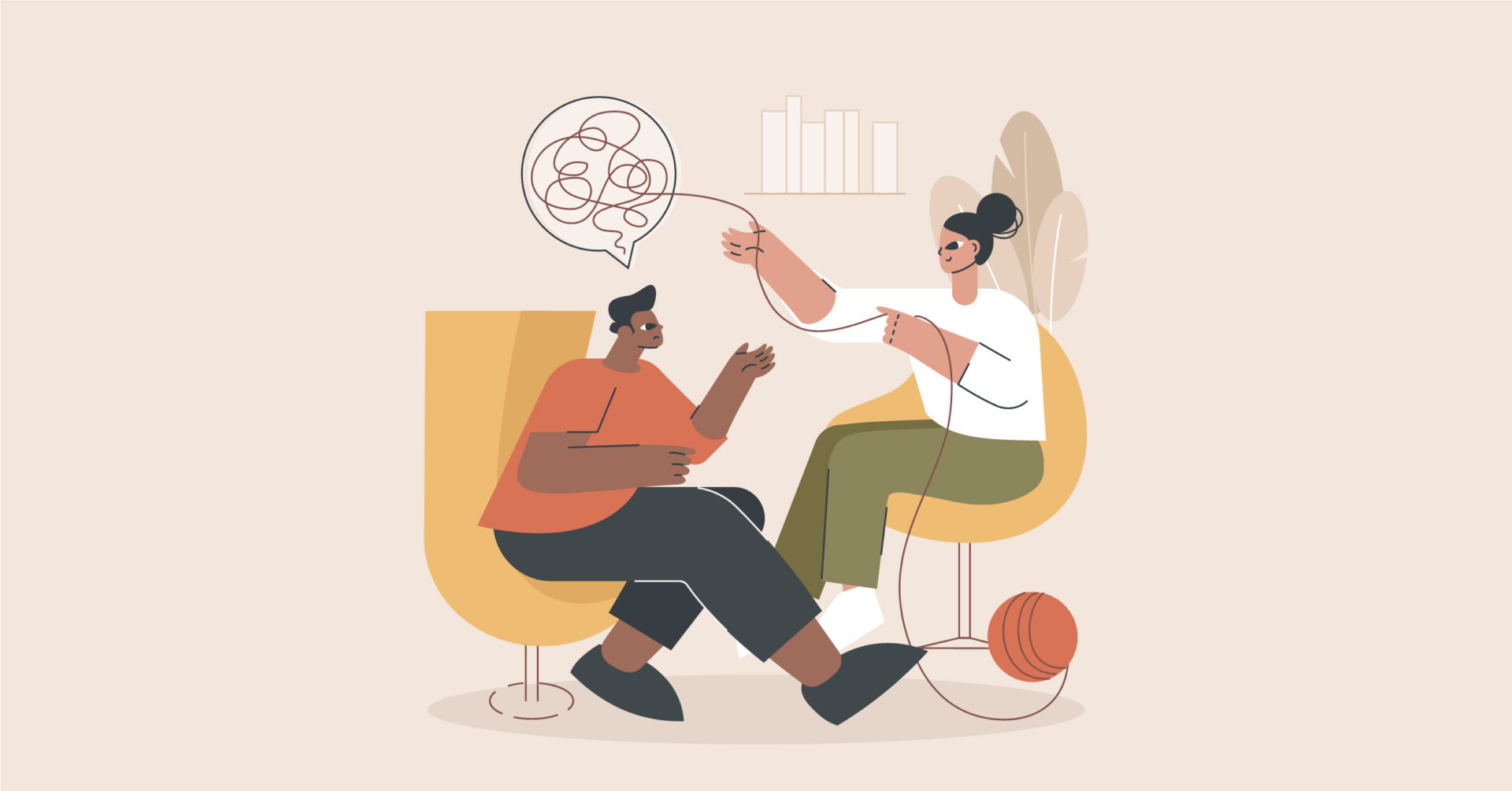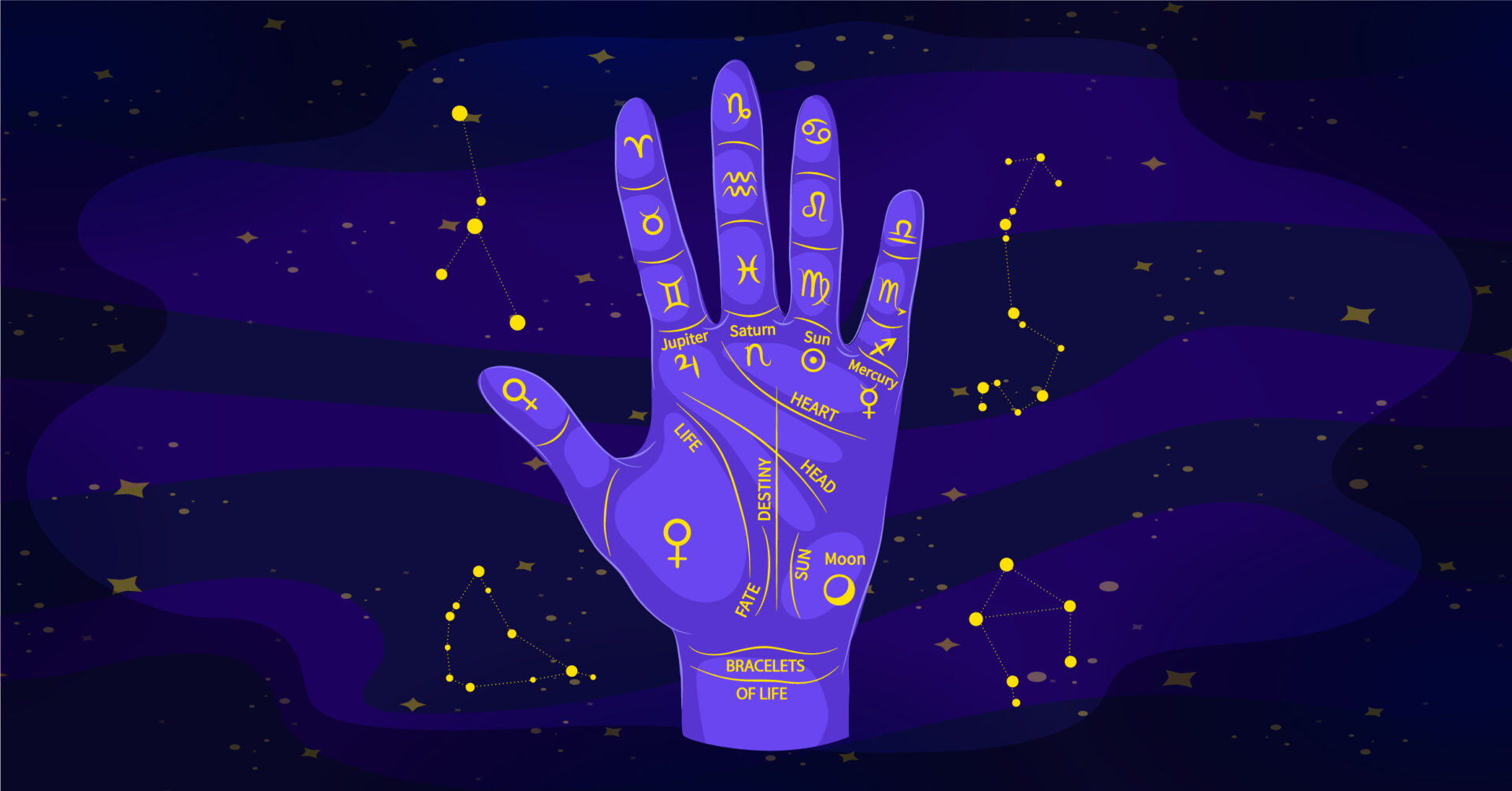What is Phobia?
According to the American Psychological Association,
Phobia is a persistent and irrational fear of a specific situation, object or activity which is either strenuously avoided or endured with marked distress.
Phobias fall under the category of anxiety disorders. The source of the phobia can cause a deep fear and panic when the individual encounters it. The impact of the phobia can range from mere annoyance to disabling the individual’s movements. People with phobias know that the fear is irrational but they do not know how to overcome phobias.
Types of Phobias
Every human being is born with two phobias: fear of falling and fear of loud noises. The other phobias are categorised into three types: agoraphobia, social phobia and specific phobias.
Agoraphobia is the fear of open spaces from which there is no safe escape. People with agoraphobias are afraid of stepping outside their homes into crowds. They are even likely to have panic attacks if they step outdoors. Due to which they prefer staying indoors which eventually hampers their social life.
Social phobia is also known as social anxiety disorder. It is the extreme worry of being judged and embarrassed in social situations. Individuals with social phobia experience difficulty with even the simple tasks of ordering at a restaurant or calling to book an appointment. Therefore, they make sure to avoid social situations.
Specific phobia is the fear of a specific object such as snakes, clowns, insects, aeroplanes, vomiting, thunderstorms, etc. Each specific phobia has its own psychological term; like zoophobia (fear of animals), tonitrophobia (fear of thunderstorms), ophidiophobia (fear of snakes), nyctophobia (fear of the dark) and many more.
How to Overcome Social and Specific Phobias?
Each individual’s approach towards getting over their phobia is subjective because their experiences regarding the feared situation and thing are individualised.
Although, there are a few methods that can be used to get over agoraphobia, social phobia and specific phobias.
Face The Fear
It is natural to avoid the thing or situation you are afraid of. But if you want to overcome the fear, you have to face it. A method called desensitisation involves the fear ladder technique, which is gradual exposure to the cause of the phobia. Address the situation or thing in bearable measures. Which means to withdraw yourself from the exposure if the anxiety gets overwhelming. And return to it once you are ready for it again.
For instance if you are scared of animals, you can start by visiting the zoo where animals are behind a fence or in a cage. Once you are comfortable with the zoo, you can visit someone who has pets at home. If the close up exposure gets overwhelming, you can leave and return when you feel comfortable.
Flooding
Exposing yourself to the fear directly without any filter is known as flooding. It may be an unpleasant experience but it will help you realise that the fear may not be as harmful as you imagine it to be.
Continuing the previous example, flooding will involve you directly going and interacting with the pets, touching them, allowing them to be near you, etc.
Partner Up
Some situations can be easier with a family member or friend. If you are scared of crowded places or busy streets, ask a family member or friend to accompany you to that place and slowly distance yourself from that person and allow yourself to walk alone.
Even confiding about your fear to a trusted person will relieve you of the stress of the phobia. Or having a friend, relative or colleague with the same phobia gives you a partner to tackle the phobia with.
Support Groups
There may be other people with the same fear as yours. Joining a support group of people with similar fears provides you with a safe place to express and discuss your fears without feeling awkward or crazy. Support groups are professionally led hence they ensure higher chances of recovery.
Relaxation
The presence of the phobia can cause high levels of physical and emotional reactions such as shallow breathing, increased heart rate, sweating, body muscles freezing, panic attacks, etc. During such times deep breathing techniques, visualisation can help soothe the panic and reverse the physical effects. Meditation too gives an overall calm approach during stressful situations.
Challenge Your Thoughts
Regarding phobias, the consequences are often overestimated which make the scenario way worse than it actually is. The ongoing anxiety triggers the negative and unrealistic thoughts. Therefore, whenever the negative thoughts creep in, challenge them with a logical counter question.
For instance, you are entering the elevator and your claustrophobia suggests that the elevator is going to break down and you will suffocate inside the elevator. This is when you interrupt the thought process with logic that other people have been using the elevator and it is working fine, even if it breaks down, there are air vents in the elevator that provide ventilation.
The methods of coping with phobias can be self-practised. Although, if these methods are not helping you overcome the phobia, it may be beneficial to visit a mental health professional for further guidance.
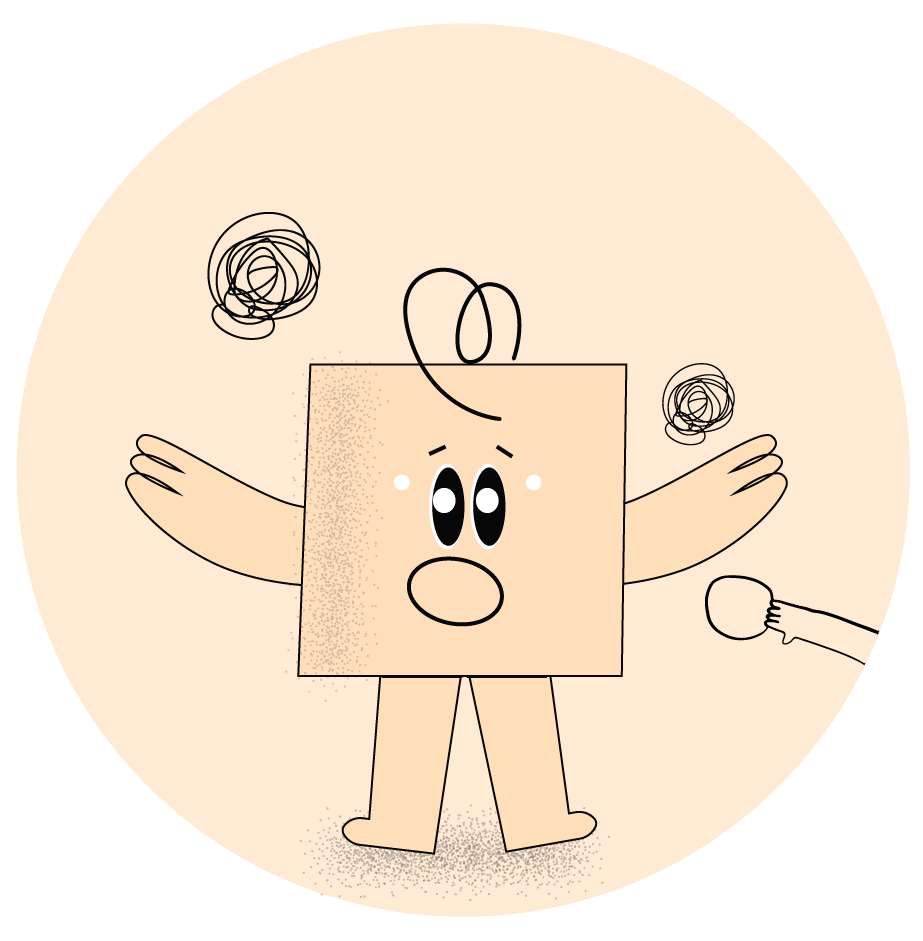
Your phobias are holding you back from many life experiences
Sign up for a systematic approach to overcome phobia
List of 15 Most Common Phobias
Each phobia has a specific term used by mental health professionals. Here are some of the most common phobias observed in people:
| Arachnophobia | Phobia of spiders |
| Aerophobia | Phobia of flying |
| Claustrophobia | Phobia of small spaces |
| Acrophobia | Phobia of heights |
| Mysophobia | Phobia of germs |
| Glossophobia | Phobia of public speaking |
| Trypanophobia | Phobia of injections |
| Astrophobia | Phobia of thunder and lightning |
| Cynophobia | Phobia of dogs |
| Ophidiophobia | Phobia of snakes |
| Agoraphobia | Phobia of open spaces |
| Enochlophobia | Phobia of crowds |
| Hemophobia | Phobia of blood |
| Hydrophobia | Phobia of water |
| Ligyrophobia | Phobia of loud noises |
Read more :
50 Good Habits to Spur Mental Wellbeing
People Pleaser: How to Stop Being a People Pleaser?
Reacting VS Responding: Difference and Examples
Trauma: What is it and How to Deal with or Overcome Bullying Trauma?



